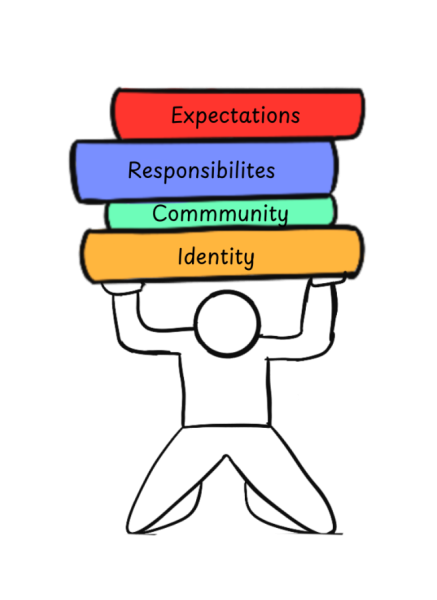Building for a better future
Over the past year, numerous construction projects have started across campus and while they are needed, it is important to account for the environmental impact of these new buildings.
As the effects of climate change are becoming more and more noticeable in the Bay Area, the future is becoming less predictable, proving that action needs to be taken now.
According to the World Green Building Council, construction is responsible for 39% of carbon emissions globally, 11% of which are from embodied carbon, the total amount of carbon that is used during the construction process and to produce construction materials.
Additionally, nearly 40% of total direct and indirect CO2 emissions come from the building constructions sector, according to the International Energy Agency (IEA). Specifically, concrete is known to be high in embodied carbon and therefore produces more carbon emissions.
It is still possible to decrease and even eliminate the carbon emissions that come with construction. While the actual materials used for construction can never be decarbonized, the process and production can be modified to be more environmentally-conscious.
Employing eco friendly constructors, being more energy-efficient and shifting to renewables are all great ways to decrease carbon emissions and construct buildings that positively impact the environment. Using less concrete in the mixture will also decrease emissions, according to BBC.
Even with all of these environmentally friendly construction options, in 2019, the direct and indirect carbon emissions from construction increased significantly and were at the highest it had ever been, according to the IEA.
Now more than ever it is important to push construction companies to be more environmentally-friendly and aware when carrying out construction projects, whether that’s school renovations or building a house. It is also equally important that customers are educated about the effects construction has on the environment and the role it plays in contributing to climate change so together, we can build for a better future.











